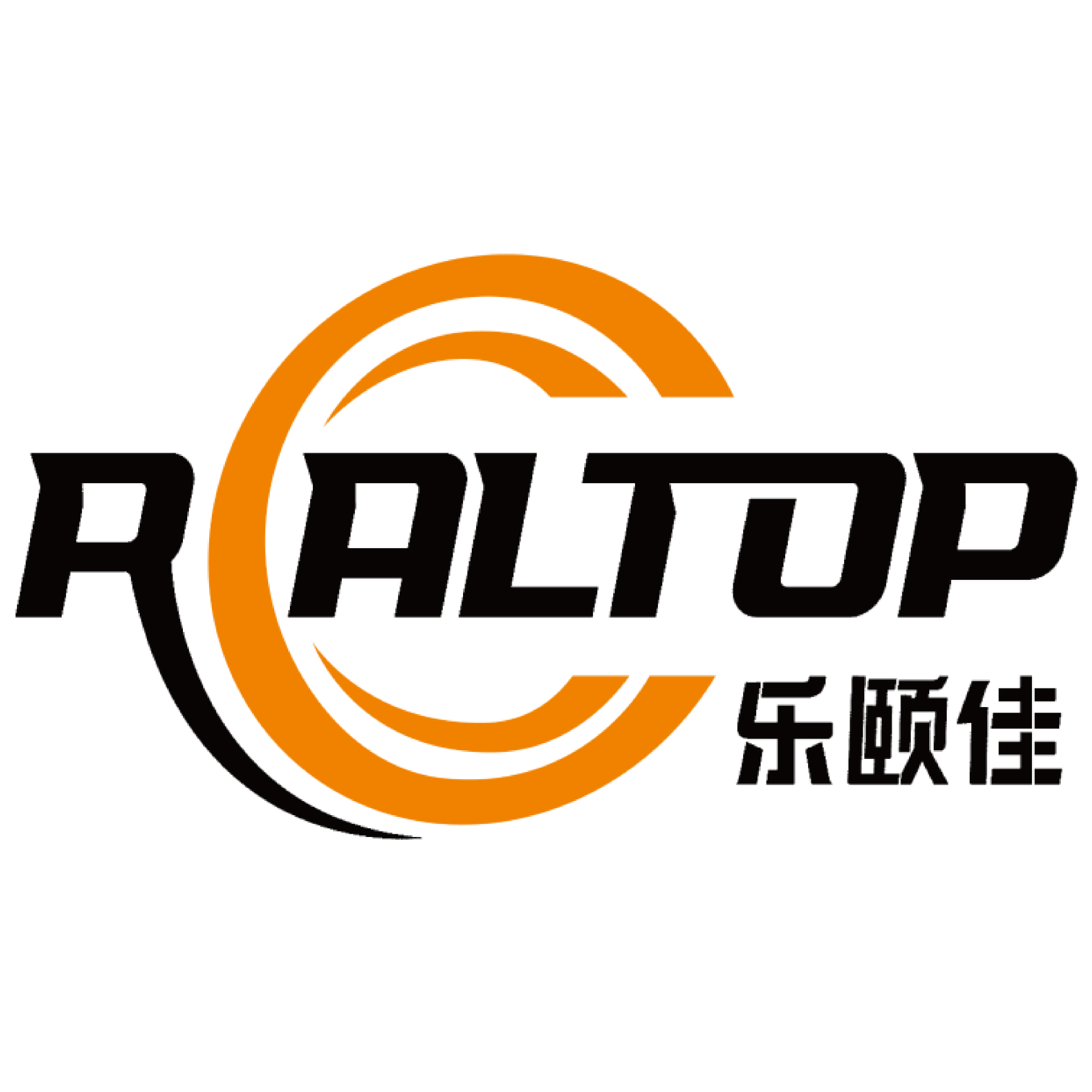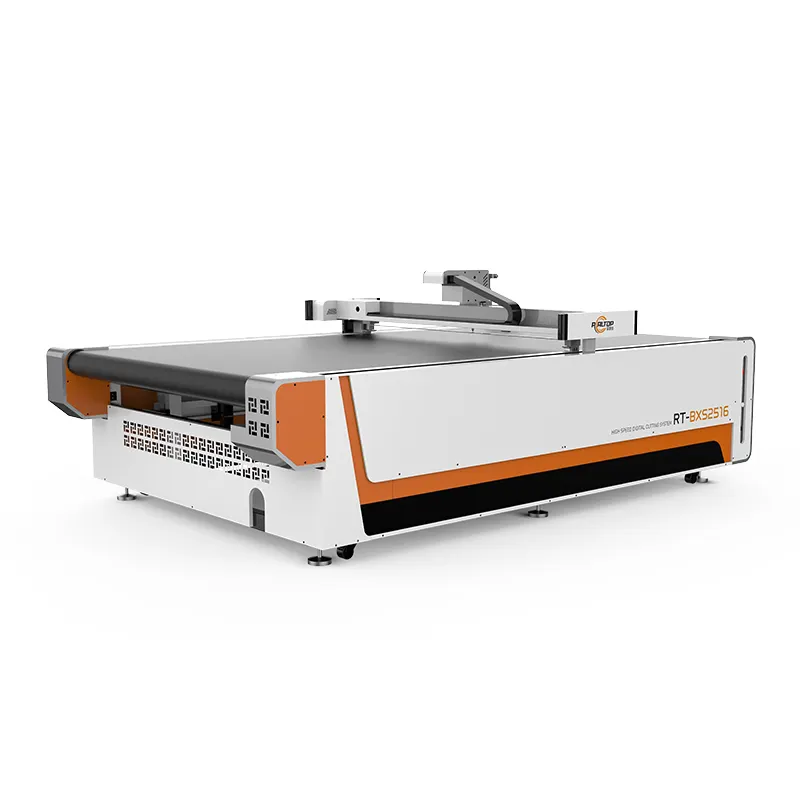Передовые технологии в Машины для резки текстильных тканей
Системы лазерной резки: точность и универсальность
Лазерная резка тканей – это одно из лучших достижений в мире моды со времен изобретения швейной машины, и она представляет собой высший уровень точности при раскрое ткани. Эти системы используют сложные лазерные технологии для выполнения точных разрезов, которые улучшают качество краев ткани. Лазерные методы резки также более универсальны по сравнению с двумя другими способами резки, поскольку их можно использовать для раскроя всего – от синтетических материалов до хлопка и различных смесовых тканей. Такая функция особенно важна в современном текстильном производстве, где сложные дизайнерские решения стали нормой. По данным отраслевой статистики, лазерная резка позволяет повысить эффективность на 30 процентов, значительно сокращая сроки производства по сравнению с традиционными методами раскроя. С помощью систем лазерной резки производители могут оперативно реагировать на постоянно меняющиеся требования текстильного рынка.
[Системы лазерной резки](link-of-product-detail)
Ротационная режущая головка для высокоскоростных операций
Ротационный режущий диск «Сейбер» Технология резки «Сейбер» — это наиболее передовой метод резки для выполнения задач с высокими объемами производства. Эти устройства работают с невероятной скоростью, поскольку оснащены вращающимися круглыми лезвиями, которые двигаются с уникальной скоростью. Такая гибкость позволяет производителям обрабатывать различные типы тканей с чистым и аккуратным срезом. По сообщениям, ротационная резка доказала свою эффективность в промышленности, позволяя увеличить объем производства более чем на 40% по сравнению с другими механическими методами резки. Такая продуктивность имеет ключевое значение для производителей, стремящихся ускорить выпуск продукции и повысить качество ткани. Использование резаков с ротационными лезвиями может значительно повысить объем выпускаемой продукции, что делает возможным быструю переналадку производственных мощностей в ответ на рыночные потребности.
[Резка вращающимся ножом](link-of-product-detail)
Технология колеблющегося ножа для сложных тканей
Когда речь идет о резке сложных материалов, мало какая технология обладает такой же универсальностью и точностью, как осциллирующие ножи. Эти устройства созданы для работы с трудными задачами, включая тяжелые и многослойные материалы, такие как джинсовая ткань и слоистые ткани. Они оснащены возвратно-поступательным механизмом, который позволяет легко прорезать толстые и многослойные материалы. Существуют определенные материалы, с которыми традиционные технологии резки справляются плохо: осциллирующий нож стал идеальным решением. По данным недавних рыночных исследований, использование этой технологии выросло на 25% в специализированных текстильных приложениях, что еще раз подтверждает ее ценность для индустрии. Применяя технологию осциллирующих ножей, производители могут без усилий справляться со сложными задачами, открывая новые возможности для текстильного производства.
[Технология колеблющегося ножа](link-of-product-detail)
Автоматизация и умные системы в современных машинах для резки
Интеграция IoT для реального времени мониторинга
Поддержка технологии IoT (Интернета вещей) в машинах для раскроя текстиля дополнительно позволяет осуществлять мониторинг в реальном времени, чтобы обеспечить более высокое конкурентное преимущество в работе и сократить простой оборудования. Операторы могут своевременно отслеживать работу оборудования и управлять потребностями в техническом обслуживании с помощью подключенных устройств, в конечном итоге предотвращая простои. По данным статистики, компании, внедряющие решения IoT, отмечают рост операционной эффективности на 20%, что демонстрирует результативность интеграции IoT. Внедрив IoT в текстильное производство, вы сможете принимать решения на основе аналитических данных, максимально эффективно использовать оборудование и повысить эффективность рабочих процессов.
Оптимизация шаблонов с помощью ИИ
Оптимизация узоров на основе искусственного интеллекта является инновационным решением в области раскроя одежды, позволяющим минимизировать отходы и максимально эффективно использовать материалы. Эти интеллектуальные программные пакеты анализируют расположение ткани для достижения максимальной эффективности и являются ключевым элементом контроля затрат. Собирая данные из предыдущих проектов, системы искусственного интеллекта со временем становятся умнее, постоянно оптимизируя процессы раскроя и предоставляя производителям конкурентное технологическое преимущество. Это подтверждается исследованиями: решения на основе ИИ, такие как разработки The Fabricant, могут сократить количество отходов ткани примерно на 15%, что демонстрирует ценность внедрения машинного обучения в устойчивые производственные процессы.
Автоматизированные решения для обработки материалов
Автоматизированные варианты обработки ткани являются ключевым фактором при преобразовании и оптимизации процесса раскроя. Такие системы эффективно транспортируют материалы на разных этапах производственного процесса, снижая вероятность человеческой ошибки и повышая безопасность на рабочем месте. При автоматизации этой части процесса обработки, компании отмечают сокращение времени обработки на 30%, что подчеркивает качество выполняемых операций. Автоматизация разрабатывает транспортные плоскости для плавной передачи шпуль с пряжей и способствует повышению эффективности и качества в текстильном производстве.
Точная техника для высококачественного производства
Интеграция программного обеспечения CAD/CAM
Раскройный стол: Добавляя САПР/CAM-программное обеспечение в станок для раскроя текстильных материалов, можно повысить точность перевода цифровых проектов в раскрой. Это обеспечивает точную разметку проекта, которая позволяет бесшовно перейти от цифрового концепта к реальному раскрою ткани. Это означает, что фабрики могут быстро менять узоры и дизайны, существенно сокращая производственные циклы. Такая гибкость имеет ключевое значение для быстрого удовлетворения новых рыночных потребностей, что является основой конкурентоспособности. Исследования показывают, что компании, переходящие на САПР/CAM-системы, наблюдают сокращение циклов проектирования и производства до 30%, что ясно демонстрирует эффективность интеграции проектирования и производства.
Адаптивная резка для переменной толщины ткани
Адаптивная система резания автоматически изменяет лезвие в соответствии с выбранным материалом, обеспечивая идеальный рез каждый раз! При работе с материалами, имеющими различную текстуру и состав, эта функция способствует получению стабильно высокого качества продукции. Например, исследования показывают, что использование технологии адаптивного резания позволяет повысить точность реза более чем на 20%, улучшая качество продукции. Такая точность позволяет производителям предоставлять качественные выходные продукты, соответствующие требованиям потребителей и стандартам отрасли.
Возможности многослойной резки
Многослойная технология резки позволяет одновременно обрабатывать несколько слоев ткани, обеспечивая легкость и эффективность резки. Эта функция очень полезна при работе, например, в сфере моды или автомобилестроения, где используются многослойные ткани. Многослойная резка доказала свою эффективность в сокращении производственных циклов до 35%. Более высокая производительность не только увеличивает общий объем производства, но также помогает производителю продукции соответствовать требованиям коротких циклов изготовления, позволяя таким образом конкурировать на рынке с другими производителями за счет более высокого технологического уровня.
Устойчивое развитие в технологии резки текстильных материалов
Сокращение отходов с помощью алгоритмов укладки
Алгоритмы раскроя являются основной техникой в технологии раскроя текстильных материалов, цель которой — достичь оптимального раскроя для минимизации отходов при использовании ткани. Алгоритмы раскроя благодаря способности оптимально размещать лекала на ткани позволяют добиться практически нулевых остаточных отходов, которые в противном случае могли бы оказаться на свалке. Этот обходной путь позволяет не только сэкономить на стоимости сырья, но и способствует экологически устойчивой практике снижения текстильных отходов, что является серьезной проблемой особенно в индустрии моды. Исследования показали, что программное обеспечение онлайн-раскроя смогло сократить остатки ткани на 15–20%, тем самым доказав свою эффективность в экономии ресурсов.
Энергоэффективные системы резки
Внезапно стало важным низкое энергопотребление, даже системы резки с амортизацией сейчас становятся обязательными для современных производителей текстиля. Эти системы оснащены оптимизированными двигателями и контроллерами, работают эффективно и с меньшим потреблением электроэнергии, что приводит к снижению эксплуатационных расходов систем и уменьшению выбросов CO2. Исследования показывают, что экологичные решения в моде могут снизить затраты на энергию для производителей текстиля до 30%. Это не только соответствует всемирному стремлению к устойчивости, но также обеспечивает конкуренцию среди предприятий, работающих с надежным управлением ресурсами.
Совместимость с экологически чистыми материалами
По мере того, как модная индустрия движется в сторону более устойчивых практик, существует значительное количество технологий, позволяющих внедрять процессы, такие как раскрой, в работу вместе с органическими материалами. Это соответствует росту потребительского спроса на более экологичные решения в модной индустрии. Поскольку машины для раскроя поддерживают экологически чистые материалы, такие как биоразлагаемые или переработанные материалы, они становятся важным и решающим фактором в экологичной производственной линии, что, в свою очередь, укрепляет рыночную долю образа производителя в области охраны окружающей среды. Индустрия также становится все более экологичной, и многие компании отмечают рост спроса на экологичные варианты материалов, что дополнительно демонстрирует необходимость разработки процессов раскроя для таких материалов.
Возрождение модели производства микрозаводов
Возникающая модель микрофабрики. Эта смена означает переход к локализованным моделям производства текстиля. Мини-фабрики могут быстро переналаживаться под разные предпочтения потребителей и производить товары более экологичным способом. С использованием современных технологий раскроя, микрофабрики могут создавать индивидуальные продукты быстро и точно. Таким образом, эта модель идеально подходит для роста рынка аренды одежды, а также помогает брендам значительно сократить отходы. В связи с ростом популярности индивидуального пошива одежды как предпочтительного варианта, многие бренды обращаются к модели микрофабрик, чтобы оставаться на передовой и минимизировать негативное воздействие на окружающую среду.
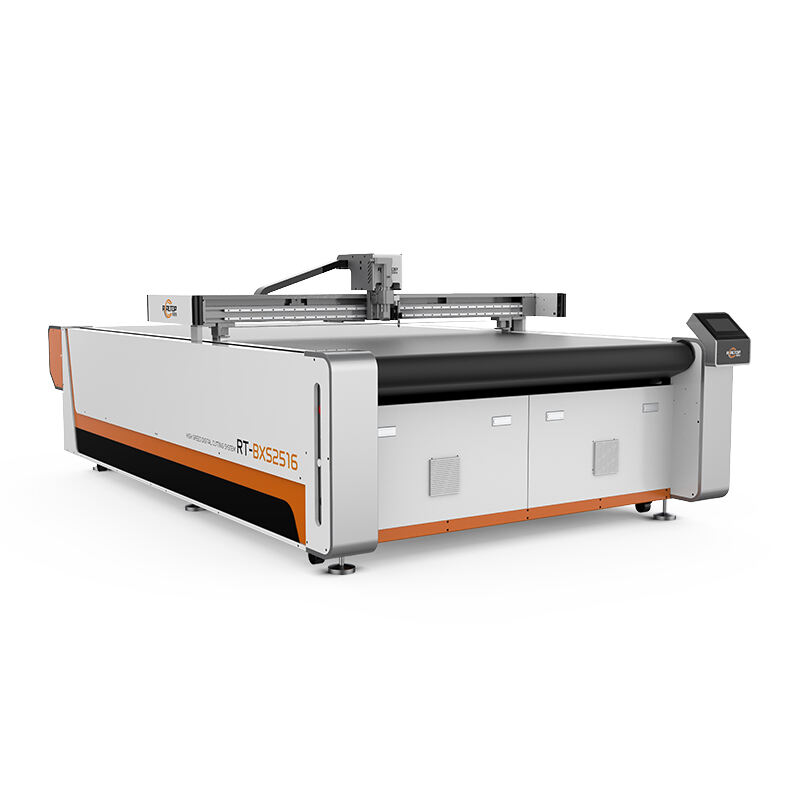
Спрос на индивидуализацию в быстрой моде
Рынок быстрой моды теперь склонен к требованию быстрой кастомизации, которая является движущей силой инноваций в процессах раскроя. Эти технологии позволяют производителям легко управлять различными дизайнами и образами, удовлетворяя постоянно меняющиеся потребительские стили. Приобретая технологии, которые обеспечивают быстрые изменения и возможность настройки производственных циклов, компании смогут возглавить рынок и оставаться конкурентоспособными. На самом деле, 70% брендов быстрой моды уже сегодня внедряют технологические решения, что дополнительно подтверждает важность кастомизации для достижения преимущества на рынке.
Рост применения технических текстильных материалов
Рынок раскроя тканей – растущее внедрение технических текстильных материалов в таких отраслях, как здравоохранение и автомобилестроение, стимулирует развитие технологий раскроя тканей. Рост спроса на технические текстильные материалы в различных отраслях промышленности способствует увеличению роста рынка раскроя тканей. Эти ткани могут обладать особыми свойствами и должны раскраиваться определенным образом, чтобы обеспечить точность и качество. Поскольку прогнозируемый рост рынка технических текстильных материалов составляет 12%, необходимость развития технологий раскроя сейчас важнее, чем когда-либо. Эта тенденция роста указывает на благоприятные перспективы для технологий раскроя, разработанных с учетом конкретных потребностей отрасли.
Раздел часто задаваемых вопросов
Каковы преимущества систем лазерной резки в производстве текстиля?
Системы лазерной резки обеспечивают точность и универсальность, позволяя производителям работать с различными материалами. Они улучшают качество краев ткани и значительно снижают сроки выполнения заказов на 30% по сравнению с традиционными методами.
Как повышает продуктивность резка круглым ножом в производстве текстиля?
Ротационные режущие машины работают на высоких скоростях, повышая производительность более чем на 40%. Они обеспечивают чистый и последовательный рез различных типов тканей, что критично для высокоинтенсивных производственных сред.
Почему технология колеблющегося ножа важна для сложных тканей?
Технология колеблющегося ножа является ключевой для резки толстых и многослойных материалов, таких как джинсовая ткань и многослойные материалы, предлагая беспрецедентную точность и универсальность, которой недостает традиционным методам.
Как искусственный интеллект, оптимизирующий шаблоны, помогает производителям текстиля?
Оптимизация шаблонов с помощью ИИ минимизирует отходы и максимизирует использование материала, снижая потери ткани примерно на 15%. Она предоставляет технологическое преимущество, постоянно совершенствуя процессы резки на основе анализа данных.
Каким образом вложенные алгоритмы способствуют устойчивости?
Алгоритмы укладки оптимизируют раскрой ткани, значительно снижая отходы текстиля на 15-20%. Это не только уменьшает стоимость материалов, но и способствует устойчивому развитию за счёт минимизации остаточных отходов.
Содержание
-
Передовые технологии в Машины для резки текстильных тканей
- Системы лазерной резки: точность и универсальность
- Ротационная режущая головка для высокоскоростных операций
- Технология колеблющегося ножа для сложных тканей
- Автоматизация и умные системы в современных машинах для резки
- Интеграция IoT для реального времени мониторинга
- Оптимизация шаблонов с помощью ИИ
- Автоматизированные решения для обработки материалов
- Точная техника для высококачественного производства
- Интеграция программного обеспечения CAD/CAM
- Адаптивная резка для переменной толщины ткани
- Возможности многослойной резки
- Устойчивое развитие в технологии резки текстильных материалов
- Сокращение отходов с помощью алгоритмов укладки
- Энергоэффективные системы резки
- Совместимость с экологически чистыми материалами
- Возрождение модели производства микрозаводов
- Спрос на индивидуализацию в быстрой моде
- Рост применения технических текстильных материалов
-
Раздел часто задаваемых вопросов
- Каковы преимущества систем лазерной резки в производстве текстиля?
- Как повышает продуктивность резка круглым ножом в производстве текстиля?
- Почему технология колеблющегося ножа важна для сложных тканей?
- Как искусственный интеллект, оптимизирующий шаблоны, помогает производителям текстиля?
- Каким образом вложенные алгоритмы способствуют устойчивости?
 EN
EN
 AR
AR
 FR
FR
 DE
DE
 IT
IT
 KO
KO
 PT
PT
 RU
RU
 ES
ES
